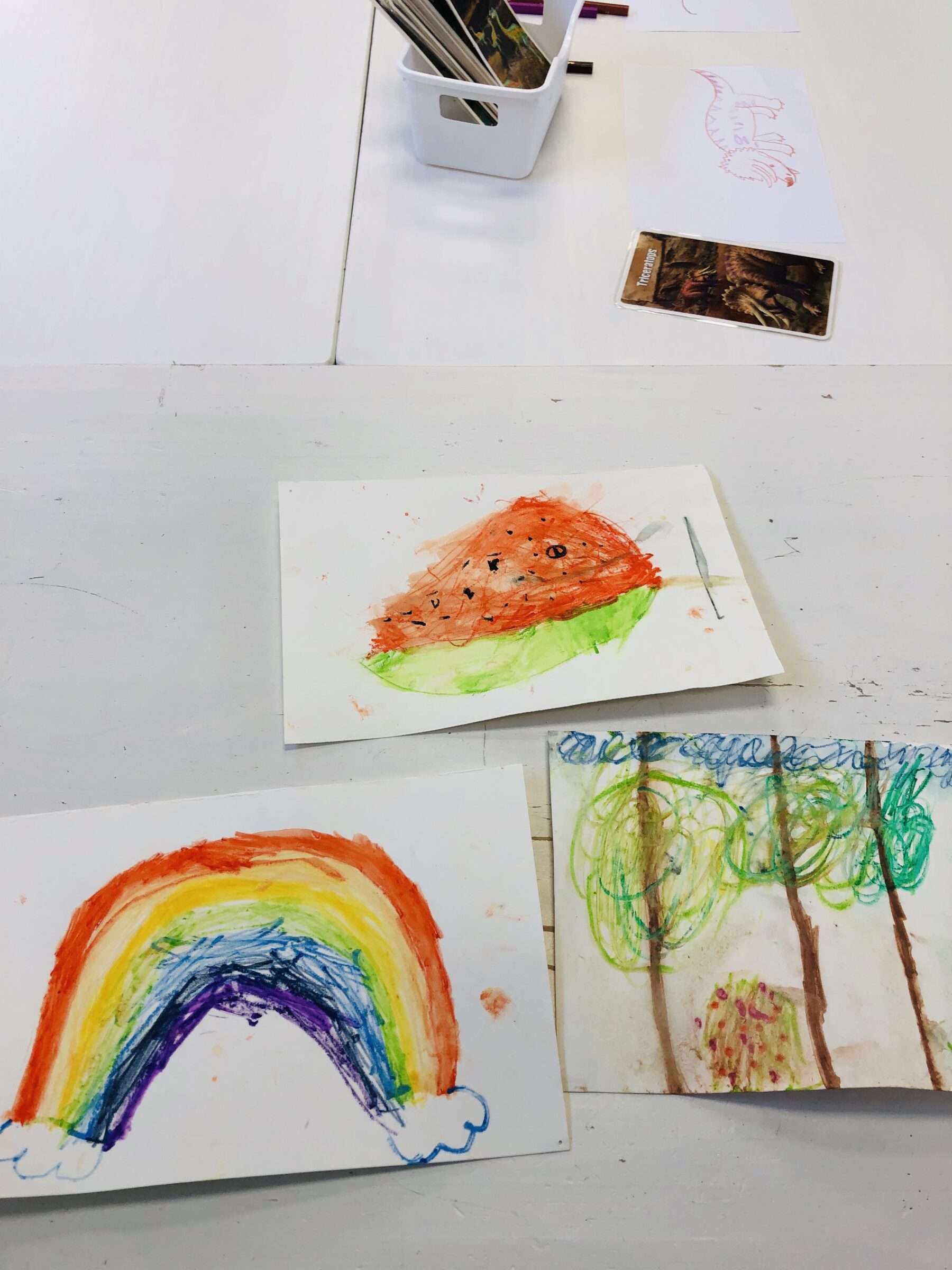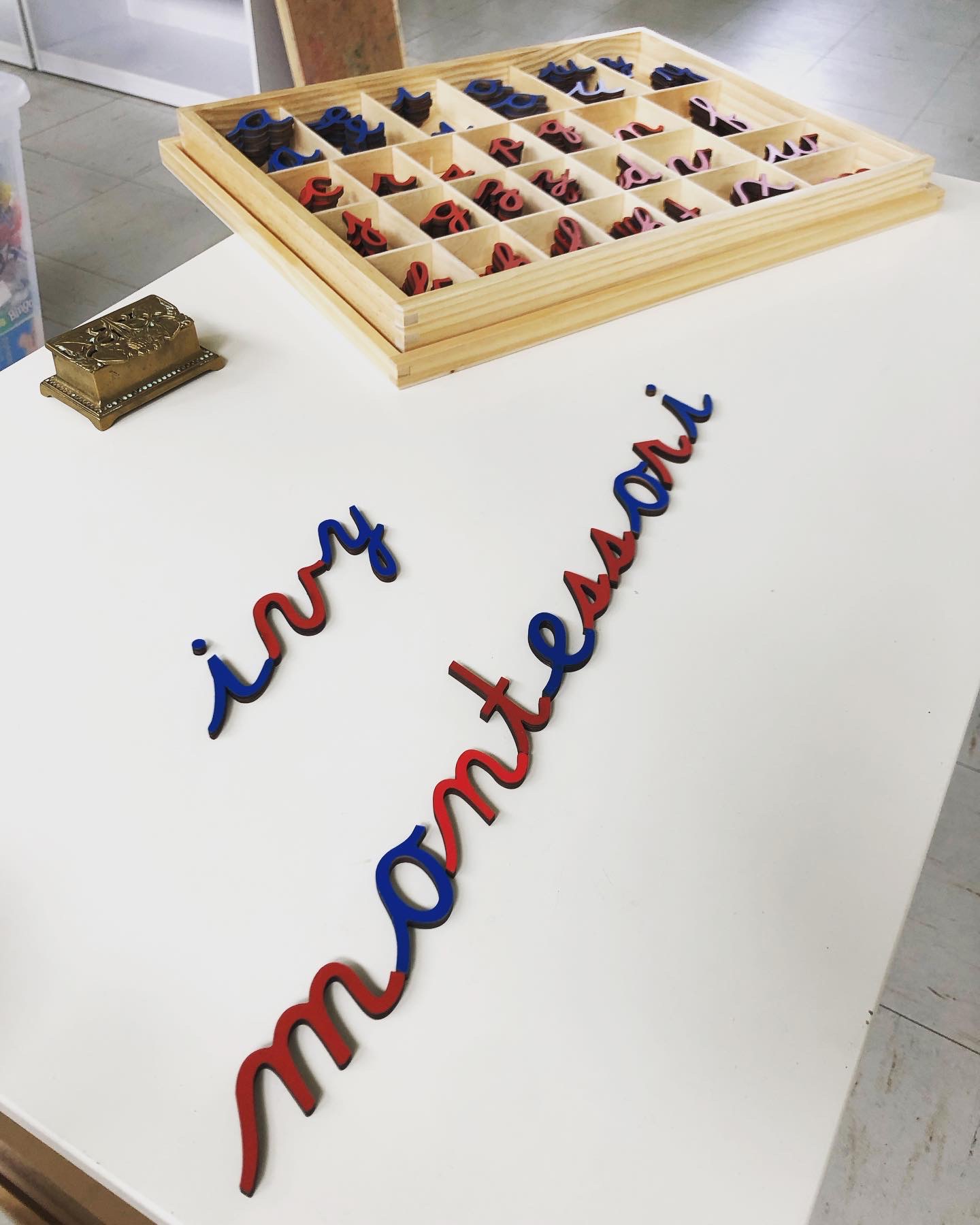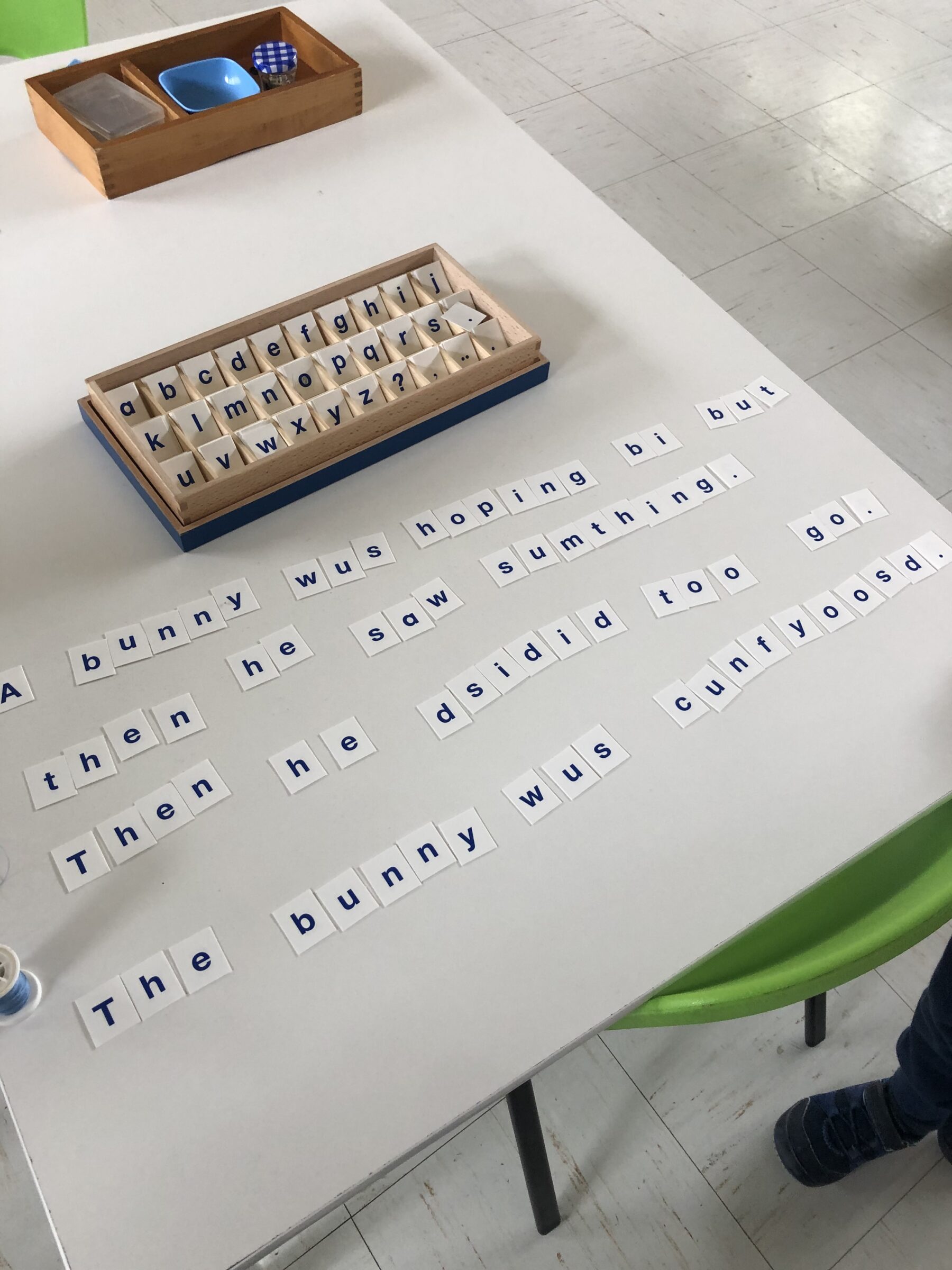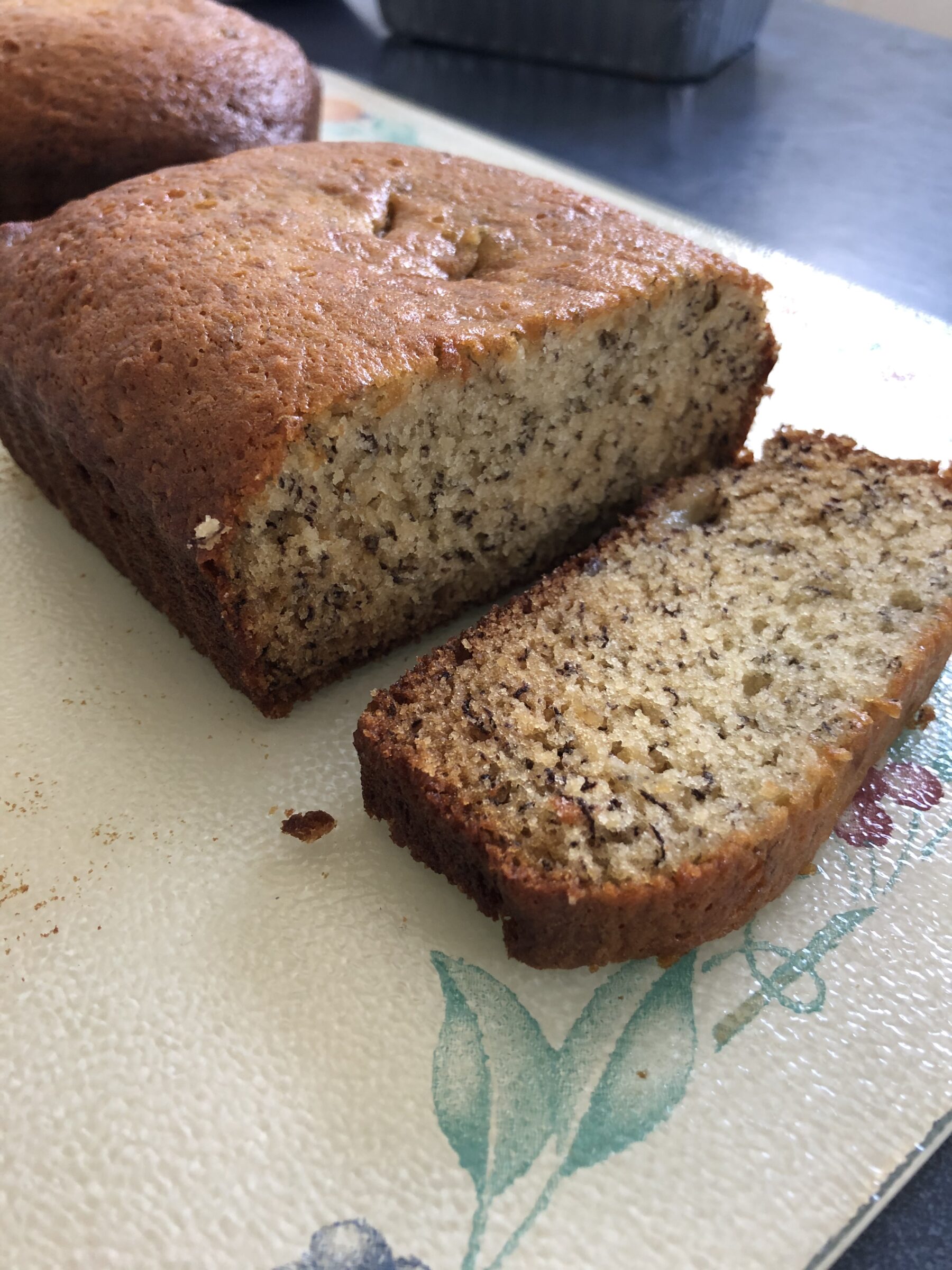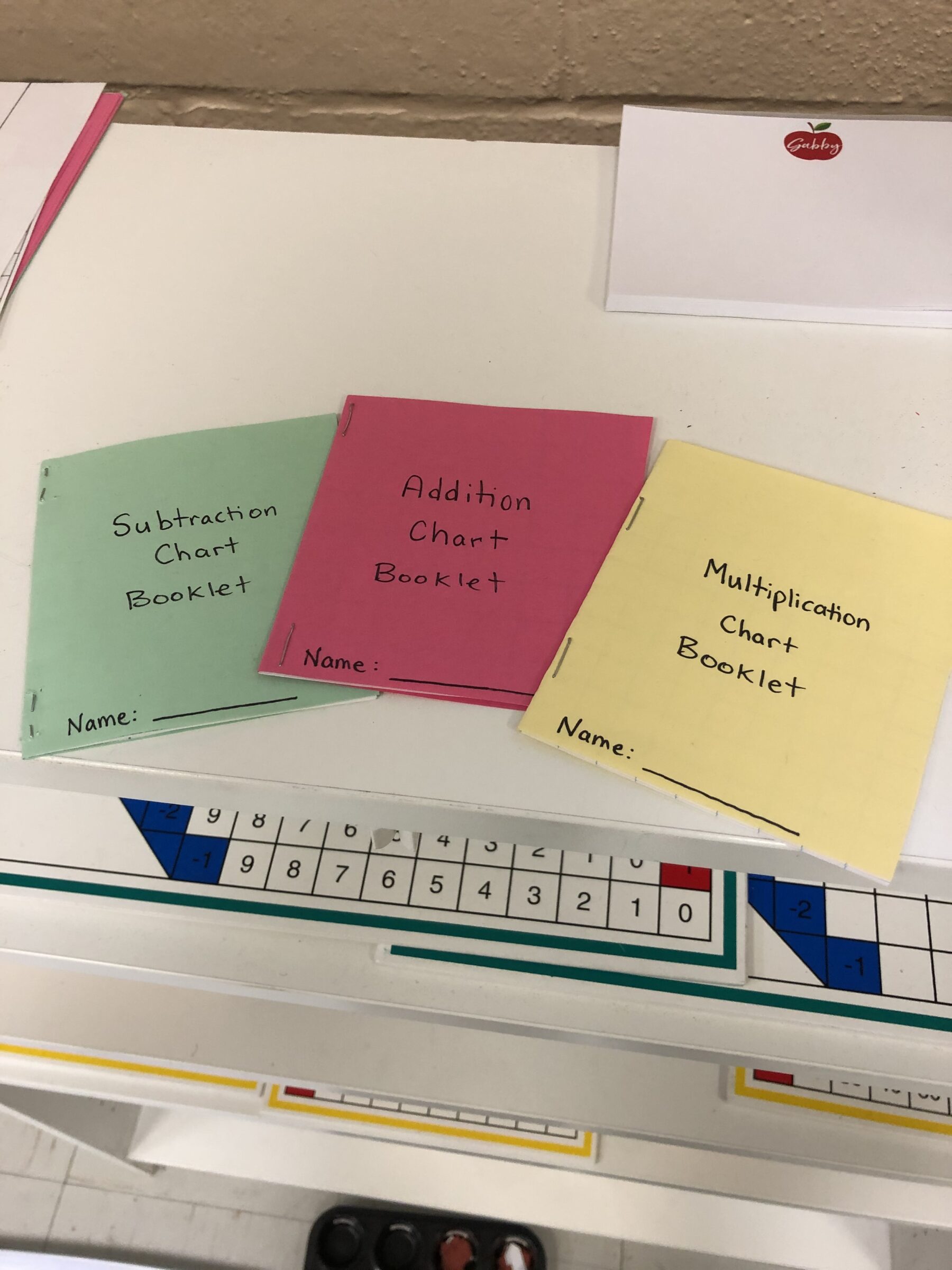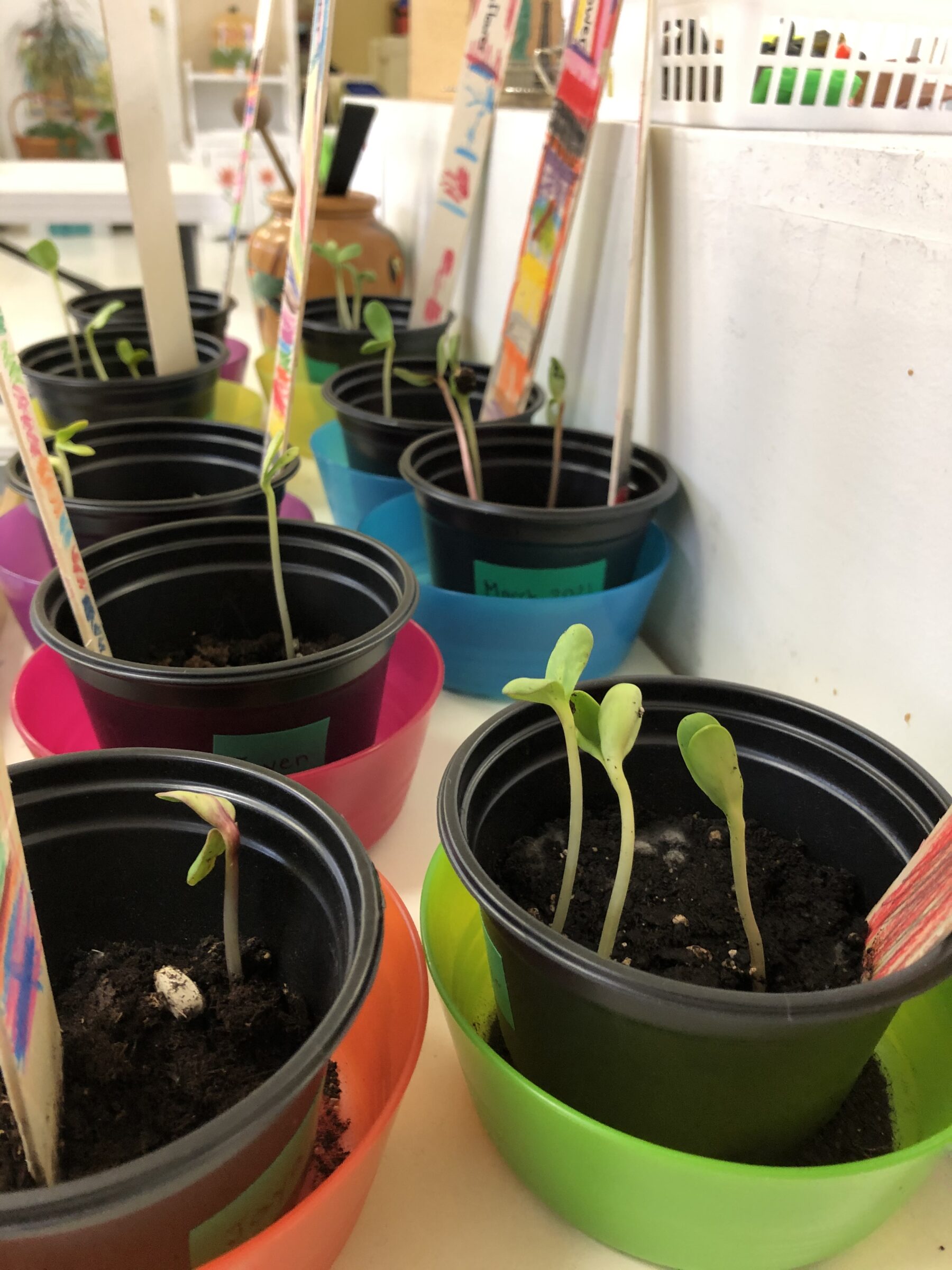Casa
For children aged 2.5 – 6 years.
The Montessori Method & The Casa Environment – An Overview
Dedicated to fulfilling the intrinsic needs of each child, a Montessori education fosters and nurtures a child’s innate curiosity and desire to learn.
The Casa environment at Ivy Montessori School is designed to allow children the opportunity to work at their own pace in a non-competitive environment. Led by their own interests, children are guided in the areas of Practical Life, Sensorial, Language, Math and Culture.
In the Casa environment, children learn how to be independent members of an interdependent community. In this family type setting of mixed ages, children will learn from one another while also having the opportunity to be role models for younger children.
Children are introduced to new lessons or activities when they demonstrate the physical, emotional, and mental preparedness. Activities are presented in a chronological order so that one will build on the mastery of the previous activity.
What are the 5 areas of a Casa Classroom?
PRACTICAL LIFE
In this area, children learn to care for themselves, others and their environment. They are given the freedom to make decisions and have independent thought. Lessons mirror daily adult activities and “chores” which a child so often wants to mimic. (i.e., Pouring water from jug to glass)
Lesson materials are aesthetically pleasing to the child’s eye, making them more appealing and encouraging repetition in the pursuit of self-perfection.
Materials in this area are breakable and delicate, encouraging children to take care in the handling of their work and to encourage pride in their environment.
SENSORIAL
The area in which children come to use their Five Senses to explore lessons: Touch, Taste, Hear, See and Smell.
Through manipulation of the materials, children learn to differentiate between concepts such as: Size, Length, Thickness, Shape, Colour and more. The idea is to aid the child in the organization and classification of the mind.
These lessons are designed to have a Control of Error, which means that if a child does not do the lesson correctly, it will be visually apparent. This, in turn, will not satisfy the child and will encourage them to repeat the lesson until it has been correctly completed.
LANGUAGE
In the Montessori Classroom, we move through the Language Area in three stages: Spoken Language, Written Language, and Reading.
Children will enter the classroom already having language and through the activities, will help them to understand and to use language in a more refined way.
The most important aspect is Spoken Language, the foundation for all the communication that follows. Children are given the freedom, space and respect to express themselves verbally. They are encouraged to ask questions, tell stories and share ideas.
MATH
Math is not just counting and learning the times tables. We introduce Math as a universal experience. Math exists everywhere, from the countdown at the crosswalk, baking a cake, and shopping at the grocery store. We define these areas as Formal (counting, addition, etc) and Informal Math (everyday life experiences).
There is no testing in our classroom. As with every area of the room, we do not measure their skill level to their age. Children learn and grow at their own pace.
CULTURE
Opening their eyes to the Universe.
Geography, Science, History, Zoology, Geology, Botany, Art, Music – in this area children learn to explore the world outside the typical classroom curriculum.
It is here that Nature Education begins; learning about the diverse world in which we live and celebrating discoveries. A rainy day will serve to enhance our education of snails and worms, often bringing them inside to study them through a child-built enclosure, expanding upon the initial Parts of a Snail puzzle
